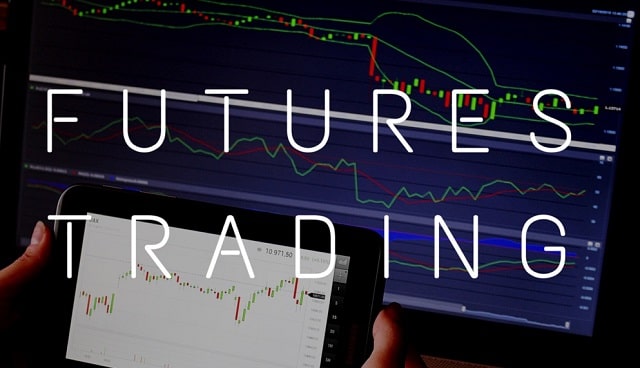
Basics Of Futures Trading
Leverage refers to using borrowed money from a broker or other third party to increase your buying power. For example, if you invested $10,000 into a futures contract and used the leverage of 10:1 (which means borrowing ten times more than the amount initially invested), your total buying power would be $100,000. Leverage can increase profits substantially, but it also increases risk accordingly. Therefore, traders should understand the concept of leverage and use it responsibly.
Another critical point to understand about futures trading is that there is no central exchange for these markets, meaning traders must transact on multiple exchanges to get the best prices. It can add complexity to the process as different exchanges may have different fees and margin requirements, which affects how much money a trader needs to put down to enter a position. As such, traders should look into how much capital they need for each trade before executing any transactions to minimise losses due to miscalculations or unforeseen price movements.
Using a broker when trading futures is advised for most traders, as brokers like Saxo can provide access to multiple exchanges and offer advice on managing trades. However, these services typically come with a fee, so it is essential to research different brokers to find the best service that fits your needs.
In addition to understanding the concept of leverage and knowing how much capital is required for each trade, traders should also pay close attention to margin requirements. Margin refers to the amount of money that must be maintained in an account as collateral for a given position.
When a trader's account falls below the minimum margin requirement, they may face a "margin call" from their broker requiring them to immediately deposit additional funds or liquidate all their positions. As such, traders must understand their brokerage's margin requirements before entering trades.
Traders must understand the various futures contracts available in these markets. Several types include mini contracts, quarterly contracts, and commodity futures. Mini-contracts are a minor type of contract and are typically used for smaller investments. Quarterly contracts have longer expiration dates and are more volatile than mini contracts.
Commodity futures refer to index-based contracts that track the price of a larger basket of commodities like gold or oil. Each contract type has its advantages and disadvantages. Thus traders should research what suits their investment goals before entering any trades.
What Are The Risks?
Futures trading in Singapore can be a lucrative investment opportunity, but it is essential to understand the risks involved before diving in headfirst. As mentioned, leverage can increase profits substantially but also increases risk accordingly. If the price of an asset moves in the opposite direction of a trader's position, the losses can quickly add up and exceed the initial investment.
Furthermore, suppose a trader's account falls below their broker's margin requirements. In that case, they may face a "margin call" from their broker and be required to liquidate their positions or deposit additional funds to maintain their positions.
In addition to leverage-related risks, counterparty risk is associated with futures trading due to its OTC (over-the-counter) nature. In other words, when traders enter into trades with brokers or other third parties, they are taking on the risk that these counterparties will not fulfill their end of the contract or default on payments if applicable. It is, therefore, important for traders to research and vet potential counterparties before entering into any agreements.
Traders should remember that market liquidity can dry up during volatile periods, which may lead to wide bid-ask spreads and significant slippage when entering/exiting trades. This volatility can cause large price movements, resulting in significant losses if not managed properly. For this reason, traders need to keep an eye on market conditions and adjust strategies accordingly based on changes in market conditions.
Conclusion
Understanding the basics of futures trading is essential for anyone looking to enter this market as an investor or trader. Key concepts such as leverage, margin requirements, and different types of contracts should all be studied in depth before executing any transactions. With proper preparation and a sound strategy, futures trading can be profitable.
